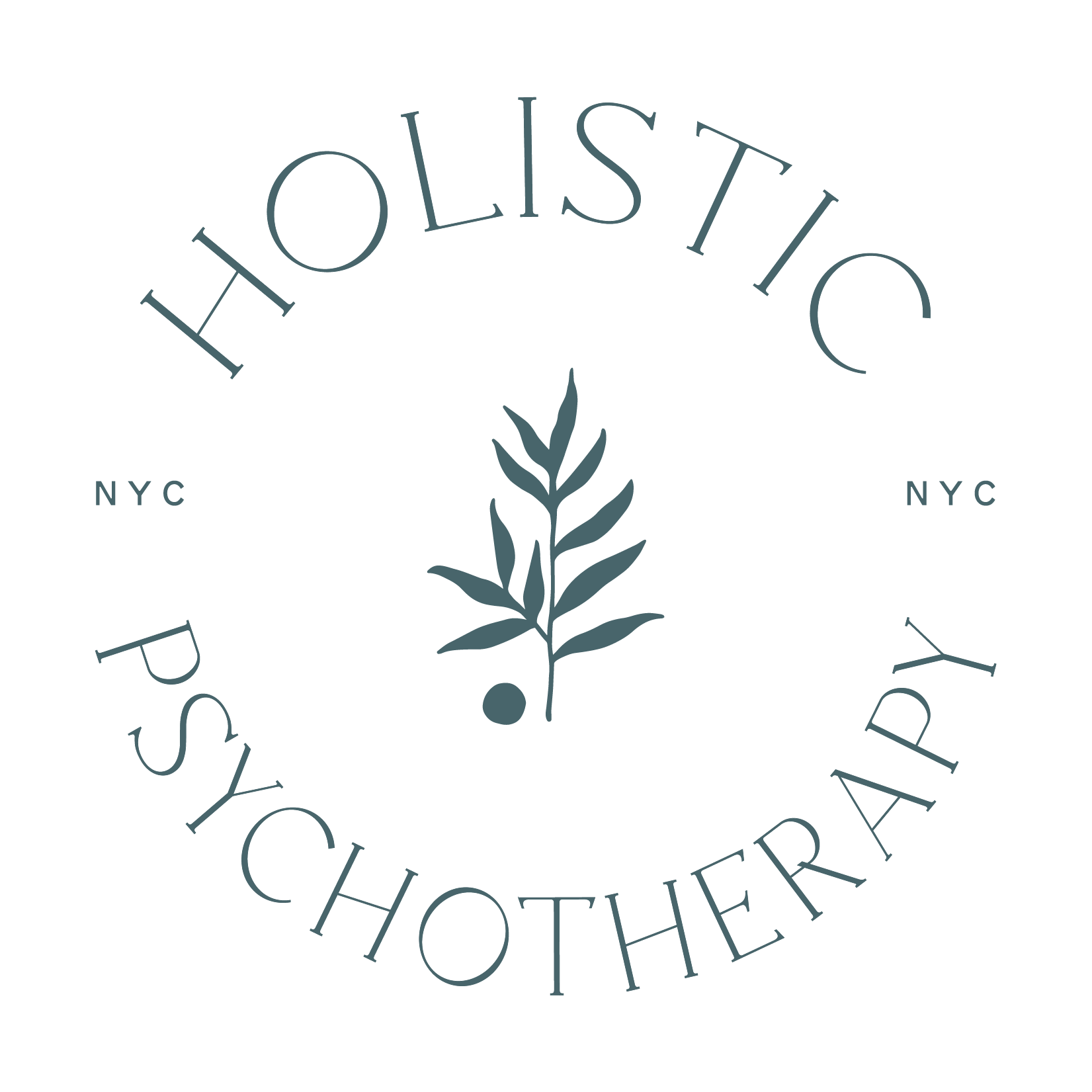Attachment trauma, an invisible wound etched on our hearts, shapes not only our childhood but also casts a long shadow on our adult lives. It’s the pain we carry from early experiences where our fundamental need for safety, love, and connection wasn’t adequately met.
This unmet need can lead to a range of emotional and behavioral challenges, leaving us feeling isolated, insecure, and struggling to form healthy relationships.
But what exactly is attachment trauma?
It’s the umbrella term encompassing the emotional and psychological distress that arises from inconsistent, neglectful, or abusive relationships with our primary caregivers, typically in early childhood.
These experiences can range from emotional neglect to physical or sexual abuse, and the impact varies depending on the severity, duration, and individual vulnerability.
The effects of attachment trauma extend beyond romantic relationships, impacting our self-esteem, emotional regulation, stress response, and vulnerability to mental health challenges like anxiety, depression, and substance abuse.

Q&A on
Attachment Trauma
A deep dive, easy to read, review of
The Scars We Carry: Understanding Attachment Trauma
What are the 4 types of attachment disorder?
The four main types of attachment disorder are:
Reactive Attachment Disorder (RAD):
Symptoms: RAD can manifest in two ways:
- Inhibited: Children show a persistent lack of seeking or responding to comfort, with social withdrawal and emotional unresponsiveness.
- Disinhibited: Children readily approach unfamiliar adults without caution, lacking selective attachments and showing inappropriate social behavior.
Causes: RAD is primarily linked to neglect, emotional unavailability, or frequent caregiver changes in early childhood.
Impact: RAD can hinder social and emotional development, leading to difficulties forming healthy relationships, regulating emotions, and trusting others.
Disinhibited Social Engagement Disorder (DSED):
Symptoms: Children with DSED show excessive friendliness and a lack of appropriate social boundaries. They readily approach unfamiliar adults without caution, may engage in inappropriate physical contact, and have difficulty understanding social cues.
Causes: DSED is thought to arise from insufficient or inconsistent caregiving in early childhood, leading to difficulty forming selective attachments and understanding social norms.
Impact: DSED can put children at risk for exploitation and harm due to their lack of caution and difficulty assessing safe situations. It can also lead to social isolation and difficulty forming healthy peer relationships.
Post Traumatic Stress Disorder (PTSD):
Symptoms: While not technically classified as an attachment disorder, PTSD can develop from childhood trauma and impact attachment styles. It’s characterized by intrusive thoughts, flashbacks, nightmares, avoidance of trauma reminders, and hypervigilance.
Causes: PTSD develops after experiencing or witnessing a traumatic event, which can disrupt feelings of safety and trust in the world.
Impact: PTSD can significantly impact a person’s ability to form and maintain healthy relationships due to fear, emotional dysregulation, and difficulty trusting others.
Complex Post-Traumatic Stress Disorder (C-PTSD):
Symptoms: C-PTSD shares many symptoms with PTSD but also includes emotional dysregulation, negative self-perception, and impaired relationships. Individuals with C-PTSD may experience difficulties managing emotions, feeling worthless or hopeless, and struggle to maintain healthy connections due to fear and distrust.
Causes: C-PTSD is often linked to prolonged or repeated trauma, particularly in childhood, leading to a complex and pervasive impact on the individual’s sense of self and ability to connect with others.
Impact: C-PTSD can significantly impact all aspects of a person’s life, including relationships, self-esteem, emotional well-being, and overall functioning.
How do you overcome attachment trauma?
The journey to healing from attachment trauma starts with acknowledging and validating your experiences. Recognize the pain you’ve carried and grant yourself permission to feel it.
Seeking professional help creates a safe space to explore your trauma, develop healthy coping mechanisms, and rebuild healthier attachment patterns. Surround yourself with a supportive network of loving and understanding individuals who can offer emotional support and encouragement.
Remember, healing is not linear. Prioritize activities that nourish your physical and emotional well-being, like mindfulness, exercise, and creative expression. Be patient and compassionate with yourself – healing takes time.
Celebrate every step forward, no matter how small, and remember, you are not alone on this journey.
What is unhealed attachment trauma?
Unhealed attachment trauma, like a hidden scar etched deep within, carries the weight of unresolved emotional and psychological wounds from early experiences.
It can manifest in a multitude of ways, silently influencing our thoughts, feelings, and behaviors, often in ways we might not even recognize. Here are some of the key ways unhealed attachment trauma can show itself:
1. Difficulty Trusting Others: The foundation of healthy relationships is trust, but for those with unhealed attachment trauma, this can feel like a precarious tightrope walk. Past experiences of neglect, abuse, or inconsistency can create a deep-seated fear of being hurt again, making it challenging to open up and trust others, even those who genuinely care.
2. Fear of Intimacy or Abandonment: The desire for connection is innate, yet for someone grappling with unhealed attachment trauma, intimacy can trigger a complex mix of emotions. Fear of being too close, fear of being abandoned, and fear of being rejected can create a push-pull dynamic, sabotaging the very connections we crave.
3. Low Self-Esteem and Self-Worth: Early experiences shape our self-perception, and unhealed attachment trauma can often leave us with a distorted view of ourselves. Feeling unlovable, unworthy, or inadequate can become a persistent burden, impacting our confidence and ability to form healthy relationships.
4. Difficulty Regulating Emotions: Like a storm brewing beneath the surface, unhealed attachment trauma can make it challenging to manage our emotions effectively. We might experience intense anger, sadness, or anxiety that feels overwhelming and difficult to control, impacting our relationships and overall well-being.
5. Unhealthy Coping Mechanisms: When the pain feels unbearable, some individuals turn to unhealthy coping mechanisms as a way to numb the emotional turmoil. Substance abuse, self-harm, or isolation might offer temporary relief, but they ultimately hinder healing and perpetuate the cycle of suffering.
It’s important to remember that these are just some of the ways unhealed attachment trauma can manifest. The specific symptoms and experiences will vary depending on the individual and their unique story.
What are the symptoms of attachment injury?
The scars of attachment injury, while invisible, can manifest in various ways that impact your thoughts, emotions, and behaviors. Here’s a closer look at some common symptoms, keeping in mind that individual experiences and severity may vary:
1. Difficulty Forming Close Relationships:
Building and maintaining intimacy can feel like a daunting task. You might find yourself guarded, hesitant to trust or open up, fearing vulnerability and rejection. This can lead to superficial connections or difficulty forming deep, meaningful relationships.
2. Fear of Intimacy or Rejection:
The desire for connection exists, but it’s often overshadowed by fear. The fear of getting too close, being engulfed by the relationship, or inevitably being abandoned can create a push-pull dynamic, sabotaging potential bonds before they fully bloom.
3. Difficulty Expressing Emotions:
Sharing your true feelings can feel risky. You might suppress emotions, struggle to articulate them, or experience intense emotions that feel overwhelming and difficult to manage. This can lead to misunderstandings and create barriers in relationships.
4. Difficulty Trusting Others:
Past experiences of betrayal or inconsistency can make it challenging to trust others, even those who genuinely care. You might question their motives, constantly anticipate betrayal, or hesitate to rely on anyone, creating a sense of isolation.
5. Low Self-Esteem and Self-Worth:
The internal narrative shaped by early experiences can be harsh. You might struggle with feelings of inadequacy, shame, or unworthiness, impacting your confidence and ability to accept love and support from others.
6. Emotional Dysregulation:
Managing your emotions can feel like navigating a rollercoaster. Intense anger, sadness, or anxiety might erupt unexpectedly, making it difficult to maintain emotional stability and healthy relationships.
7. Difficulty Managing Stress:
Everyday stressors can feel amplified. You might struggle to cope with challenges, experiencing difficulty calming down or feeling overwhelmed by seemingly minor situations.
8. Unhealthy Coping Mechanisms:
When the pain feels unbearable, some individuals turn to unhealthy coping mechanisms as a form of escape. Substance abuse, self-harm, or isolation might offer temporary relief, but they ultimately hinder healing and perpetuate the cycle of suffering.
Remember: These symptoms are not defining characteristics, and healing is absolutely possible. With understanding, support, and self-compassion, you can break free from the limitations of attachment injury and build a fulfilling life filled with healthy connections. Seek professional help if you’re struggling, and remember, you are not alone on this journey.
In Summary:
While the wounds of attachment injury may run deep, they don’t have to define your future. By acknowledging the impact of your experiences, embracing self-compassion, and seeking the right support, you can embark on a journey of healing and rediscover your capacity for healthy, fulfilling connections.
Remember, you are not alone.
Many resources are available to guide you on your path towards emotional well-being and a life filled with love, trust, and meaningful relationships.
Take the first step today and begin writing a new chapter in your story – a chapter of resilience, growth, and self-discovery.


